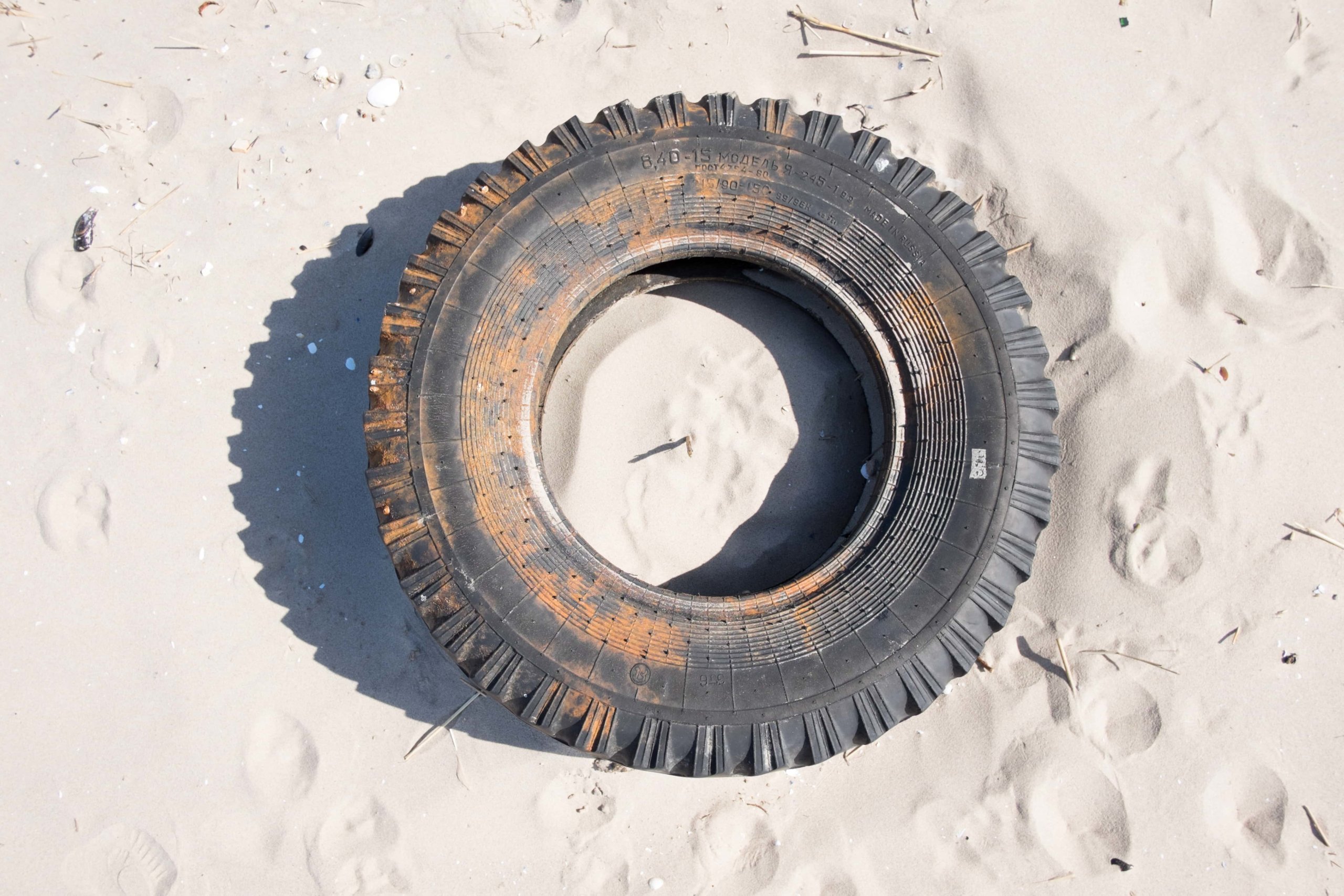Truck Tires Getting Killed? 16 Fixes Every Owner Operator & Carrier Needs

Find your next load
Make more money starting now.
Proper tire choice and good maintenance habits lead to longer tire life, better fuel economy, and more profit per load. If you’re an owner-operator or carrier, tire longevity should be high on your priority list; it could save you thousands of dollars in the long run.
1. Shop for the best value
While you shouldn’t shop primarily by the sticker price, it’s important to get the most out of your money. Cost per mile and retreading potential are the most important considerations.
2. Use Retreads
New tires today can be retreaded up to four times after their initial tread life ends. Use a reputable dealer and beware of retreads whose markings have been scrubbed off.
3. Use Wide Singles
Wide singles weigh less and save fuel. You’ll get a fuel-efficiency gain of four percent (a nearly $2,000 yearly fuel savings) which pay for the wheels and tires in less than three years.
4. Go Low-Pro
For long-haul on-highway applications, a low-profile tire set-up with a shorter height than width offers advantages in fuel efficiency, handling, weight, and tire life.
5. Select the Right Tire
Only a few tires are designed to work in more than one position or application. The wrong tire or tread will not be nearly as durable as the right one.
6. Perform Routine Maintenance
Wheels naturally lose alignment and balance. Bushings, shocks, bearings, and valve stems wear out. Whenever you need to scrap a tire, inspect it to determine and record why it failed.
7. Maintain Proper Inflation
The highest-saving maintenance you can perform on your truck is free and easy! Improper inflation is by far the greatest reason why tires fail or wear out prematurely.
8. Employ Good Driving Habits
Speeding, hard breaking, curbing, and tight turns cause tires to wear faster or even develop irregular wear. Extend your tire life by driving steady.
9. Fight Irregular Wear
Check axles and suspension components, replacing any that show excessive wear. Change your shocks at least as often as your tires.
10. Check Wheel Alignment
If the wheels aren’t aligned correctly, tires aren’t rolling straight down the road and wear will accelerate.
11. Resist Overloading
Never load a tire beyond its rating. Instead, adjust air pressure for the load and/or ambient temperature.
12. Double Down on Alignment
Always take your truck to the alignment shop with the old tires on before getting new tires. That way, techs can read your tire wear to determine how to make adjustments.
13. Maintain Your Suspension
Neglect of the suspension system will create a snowball effect with the tire facing uneven stresses that change constantly.
14. Mount and Demount Properly
Using tools with rough edges, starting fluid, and old core seals are all problematic when mounting or demounting. Also, make sure to clean and inspect the tire to make sure it hasn’t been damaged.
15. Be Wary of Patch Jobs
Never allow a rope (patch) repair to serve as a permanent fix to a punctured tire.
16. Understand Tread by Position
In general, steer tires are rib-type tires with medium tread depth, while drive tires — where traction on snow or mud might be a factor — tend to be more aggressive with cross grooves (lugs).
Interested in finding or posting loads on Truckstop’s Load Board? Learn more about the #1 Load Board for growing your business.

Find out how our platform gives you the visibility you need to get more done.
Get helpful content delivered to your inbox.
Schedule a demo.
Find out how our platform gives you the visibility you need to get more done.





